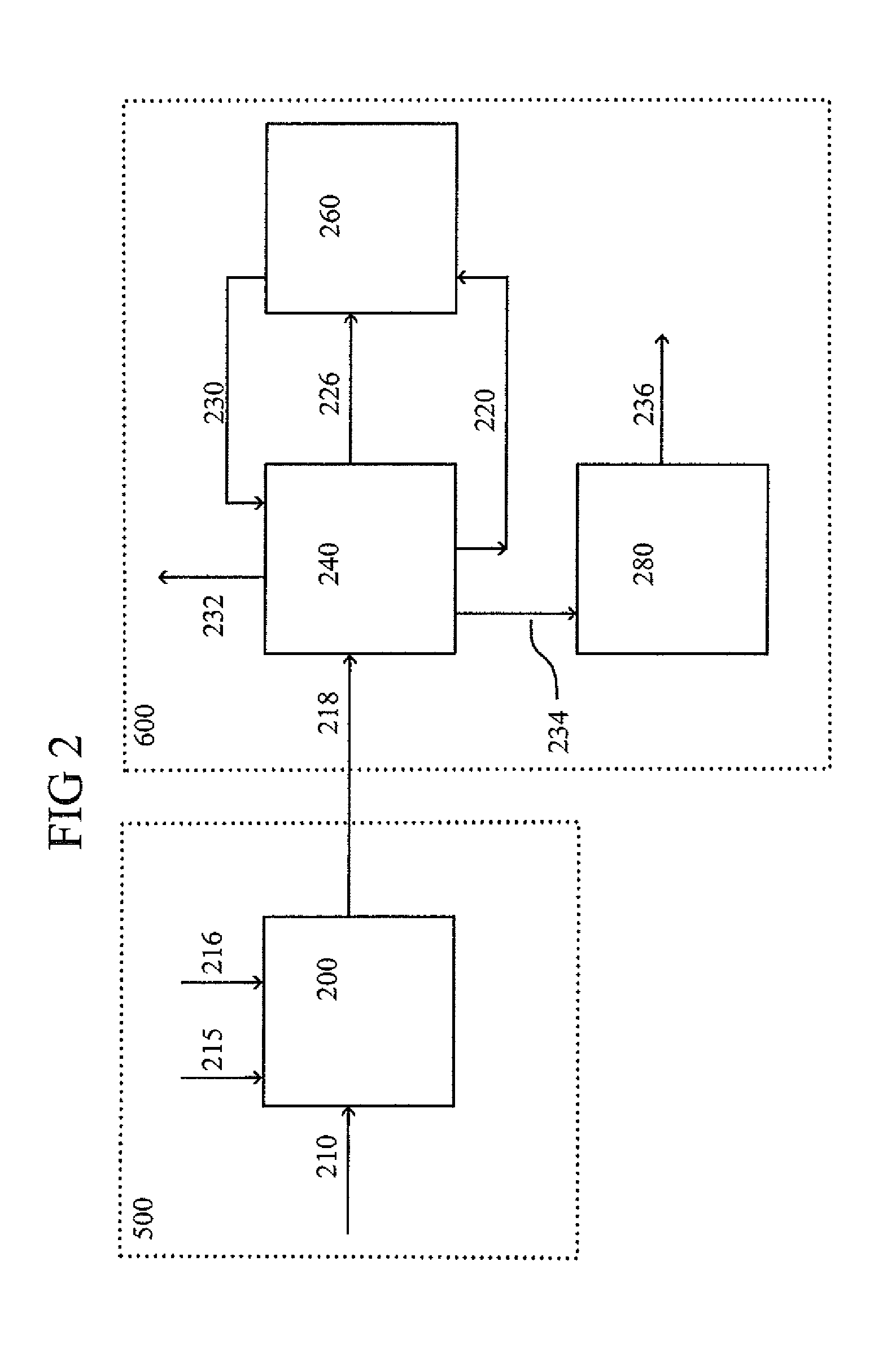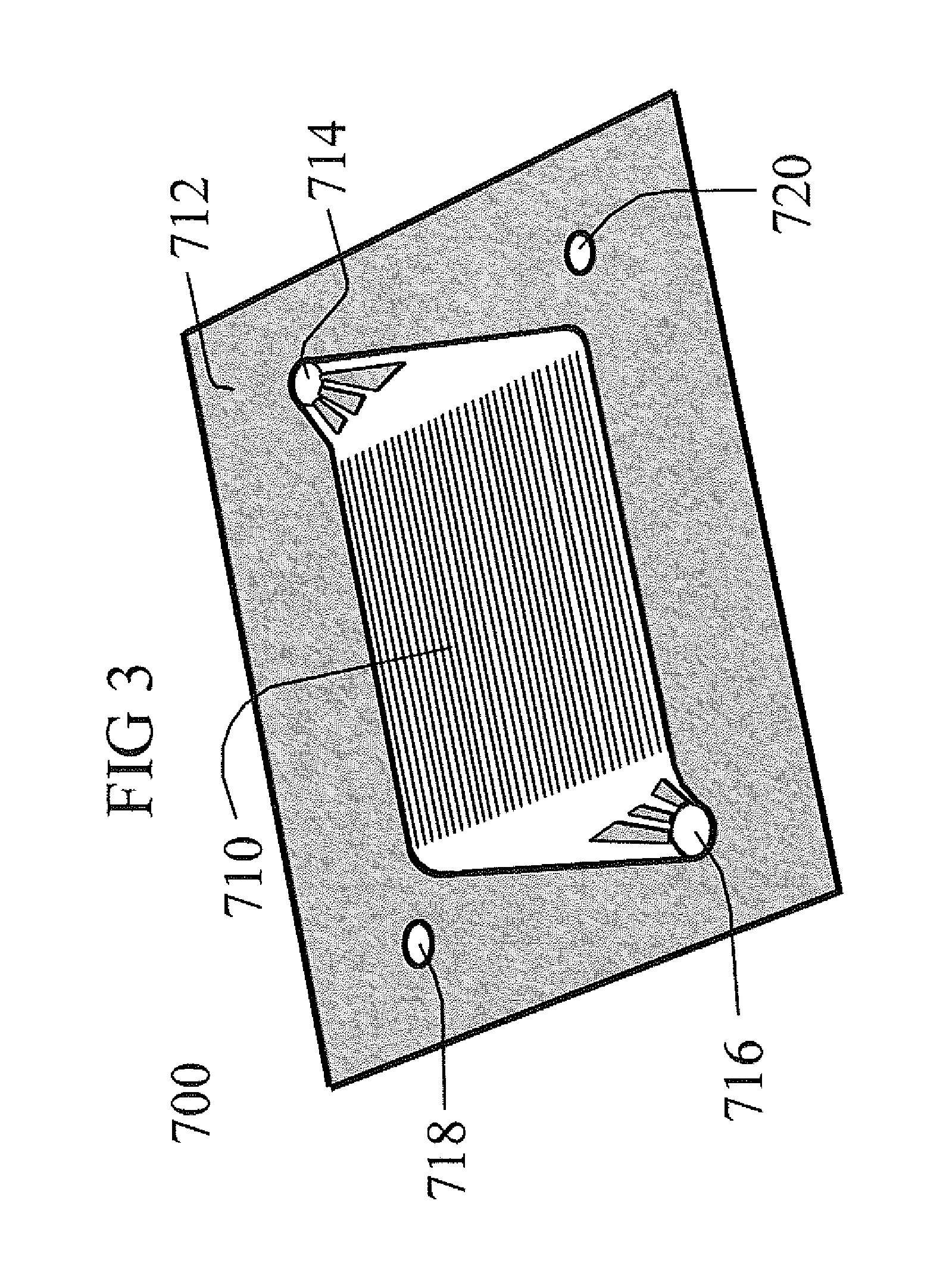Process for toluene and methane coupling in a microreactor
a microreactor and toluene technology, applied in the direction of hydrocarbon by hydrocarbon cracking, chemistry apparatus and processes, organic chemistry, etc., can solve the problems of reducing the effectiveness of alkylation catalysts, difficult product separation and purification, and costly separation from ethylen
- Summary
- Abstract
- Description
- Claims
- Application Information
AI Technical Summary
Benefits of technology
Problems solved by technology
Method used
Image
Examples
Embodiment Construction
[0019]Referring first to FIG. 1, there is illustrated a schematic block diagram of a typical alkylation / transalkylation process carried out in accordance with the prior art. A feed stream of toluene is supplied via line 10 to reactive zone 100 which produces product streams of methane via line 12 and benzene via line 14. The benzene via line 14 along with ethylene via line 16 are supplied to an alkylation reactive zone 120 which produces ethylbenzene and other products which are sent via line 18 to a separation zone 140. The separation zone 140 can remove benzene via line 20 and send it to a transalkylation reaction zone 160. The benzene can also be partially recycled via line 22 to the alkylation reactive zone 120. The separation zone 140 can also remove polyethylbenzenes via line 26 which are sent to the transalkylation reaction zone 160 to produce a product with increased ethylbenzene content that can be sent via line 30 to the separation zone 140. Other byproducts can be removed...
PUM
| Property | Measurement | Unit |
|---|---|---|
| widths | aaaaa | aaaaa |
| boiling point | aaaaa | aaaaa |
| temperatures | aaaaa | aaaaa |
Abstract
Description
Claims
Application Information
 Login to View More
Login to View More - R&D
- Intellectual Property
- Life Sciences
- Materials
- Tech Scout
- Unparalleled Data Quality
- Higher Quality Content
- 60% Fewer Hallucinations
Browse by: Latest US Patents, China's latest patents, Technical Efficacy Thesaurus, Application Domain, Technology Topic, Popular Technical Reports.
© 2025 PatSnap. All rights reserved.Legal|Privacy policy|Modern Slavery Act Transparency Statement|Sitemap|About US| Contact US: help@patsnap.com



